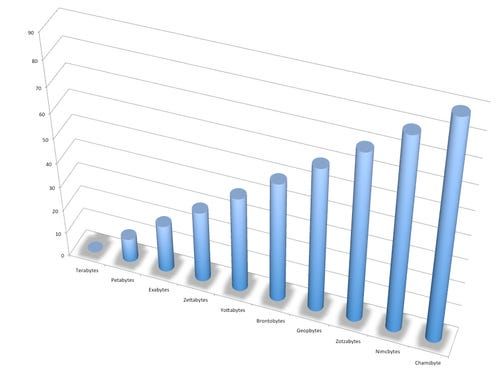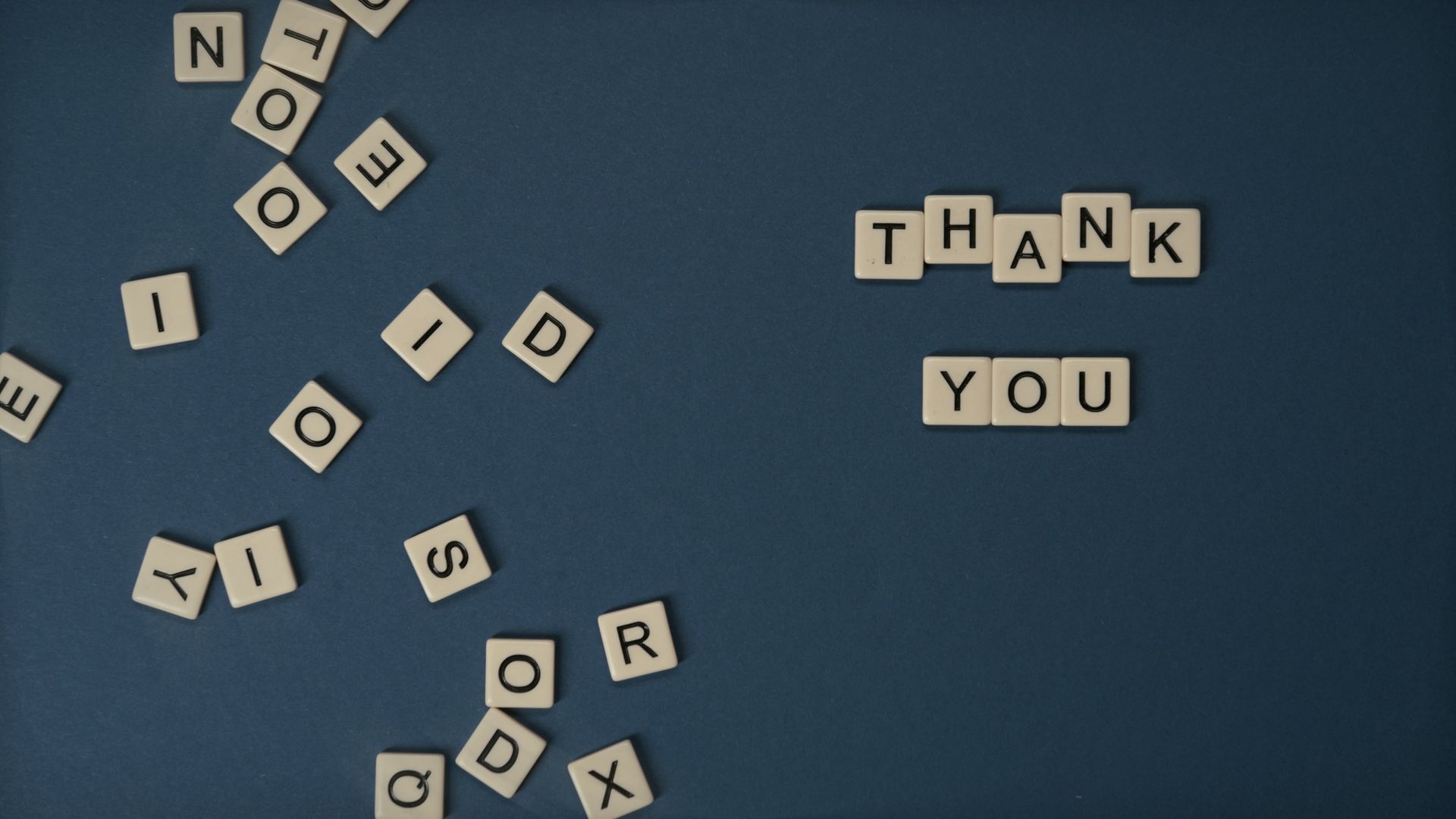Blog

A while back I had written a post “ Decision Making Is a Science ” in which I urged people to stop making pseudo-scientific decisions based on instinct. This is an important companion to that post. Lately, it’s become even more important to make rapid decisions in the absence of applicable data, without making a lot of mistakes. I’m thankful to several people at HP that trained me well to deal with ever-new situations, embracing an experience and intuition driven, action-oriented approach to complex, emergent situations. When dealing with national security, cyber security, massive scale technology operations, civil unrest, invasions, biological weapons, viral outbreaks, early stage technology investing and other areas where “new” is the norm, it is important to very quickly pick a decisive course of action. Waiting and watching, gathering more data, and episteme will result in more damage, which then requires stronger than initially necessary medicine, which in turn usually bears its own vile consequences. [Two quick examples: a proposal to solve the pre-cyber Monday infrastructure issue by introducing a new, untested piece of hardware in all our datacenters, that would have tremendous expense and potentially other catastrophic short and long term consequences. Second: arming the rebels in Iraq that have now metastasized into ISIS] Use your instinct, intuition and cross-domain knowledge to rapidly find and apply a course of action. Here’s the tricky part: Don’t be wedded to your initial view as the situation develops. Don’t suffer from confirmation bias, where you interpret each new piece of evidence according to your fancy. Worse, if new data diverges from your initial hypothesis, don’t keep waiting for the next set of data points to arrive and prove you right, prepare a new response, and begin executing its lighter components. Course correction does not mean wildly veering from one solution to another. It’s just an exhortation to recognize data correctly as it streams in. Think of a counter that you set initially to a certain value, say 1,000 or 10,000 and each incoming data point is a +1, -1, +10, -10, +100, or -100. Don’t be afraid to adjust or even reverse course when it becomes necessary. Many brilliant people let their egos get in the way when it comes to discarding their strongly held views. Often, they are afraid to contradict themselves publicly. This is a common reason why management fails in modern corporations. Instead of a continuous stream of experiments and business adjustments there are grand plans and grander prognostications, with great shame and loss of prestige attached to correcting course. Sure, employees dislike whiplash and stress from course correcting all the time, but an agile organization should be able to absorb a fair amount of change, provided it is complemented with trust and great communication, instead of the autocratic style found at most large companies. The brightest people I know have strong opinions, weakly held. This concept was cemented in my mind at an Alliance of CEO’s meeting where Bob Johansen, Distinguished Fellow at the Institute for the Future quoted work from Paul Satto. Then, there is the classic story of how George Soros changes his mind about things when he gets new data. There are situations where continuous application of force at a point of attack yields results, e.g. in a military campaign or a user acquisition campaign. But even within those umbrella campaigns are a series of micro or large adjustments based on incoming data. Big data makes the data gathering, and information extraction process more powerful, allowing even more strongly opinions, weakly held. Are there other situations where you recommend this formulation?

If you have two potential solutions to a problem, a simple rule of thumb is: if executing one of the solutions repeatedly does not solve the problem, it was not addressing the root cause, and was at best, an interim solution, and at worst, a waste of time. It was just addressing a proximate cause. If executing a solution “kills dead” the problem, it addressed the root cause. Why it was not readily apparent that it was the best solution: A mix of fear, inexperience, incompetence, politics, cost, time to implement, and so on. When faced with a range of solutions, SWOT analysis is commonly used, but it often yields similarly weighed options. Use the test outlined above to eliminate options “If I repeated this solution over and over again, would it kill dead the problem?” Where to use this: If you have to get back to a customer while you are busy fixing their problem, do you focus on informing your management and the customer, or on deep troubleshooting unknown unknowns? The best answer is both. But if you had to choose only one due to time constraints? Obviously, if the customer is an external, paying customer, keep them informed. Customer satisfaction and revenue are the larger problems here. If the time to solution is long, send regular updates as you keep working. If the customer is internal, and the demand for frequent updates is more due to a middle manager or gopher trying to suck up to his management, trying to add “value” by showing he “drives” projects? Politely point him to this post on proximate cause vs root cause. Frequent updates, no matter how many, will not fix the problem. Troubleshooting will.(Exceptions do apply where updates yield additional expertise or resources)

Heard someone quoting someone “The most important thing in life is authenticity and if you can fake that, you will be successful”. This is not a cynical construct though, it’s about entering new fields of endeavor and mastering them so that even though you were not authentic at the outset, you end up being so. It is like a method actor deeply embedding themselves into the role and becoming the character they need to be.

Your dreams and true visions will be crushed by people that “care”, but think they are somehow sick because your visions doesn’t match theirs. If you are not disciplined, focused, and driven, the people closest to you can hurt your dreams the most. The noise generated by hangers-on, self-serving well wishers, and self-important busy bodies just drains you. Beware of drugs like success, money, loneliness, praise, and adrenaline …as much as heroin. If you are not doing things you love, you will have to keep energizing yourself falsely to just “get through the show.” Don’t shelve your dreams and things you love. Putting them aside, and not focusing on things that need care and nurture will kill them. Your dreams that died will eat at you like maggots digging into your flesh. Your demons will turn you into an unrecognizable monster. Until you tear away all that was left of the false you that others created while you were half-asleep. Your hallucinations of failure are worse than actual failings & self-delusions get worse the longer you dont move under your own volition. When the wiser, more mature you emerges after youthful dreams, adolescent turbulence, carelessness, intermediate success and failure, soul-searching, and tearing away layers of falsehood, be careful not to turn into the very dictators you loathe

You can’t even plot the above without taking the log of the number of bytes! 1024 Terabytes = 1 Petabyte 1024 Petabytes = 1 Exabyte 1024 Exabytes = 1 Zettabyte 1024 Zettabyte = 1 Yottabyte 1024 Yottabytes = 1 Brontobyte 1024 Brontobytes = 1 Geobyte 1024 Geobytes = 1 Zotzabyte 1024 Zotzabyte = 1 Nimcbyte 1024 Nimcbyte = 1 Chamsbyte 1024 Chamsbyte = This will be defined after we are just reaching the Zotzabye scale




